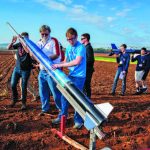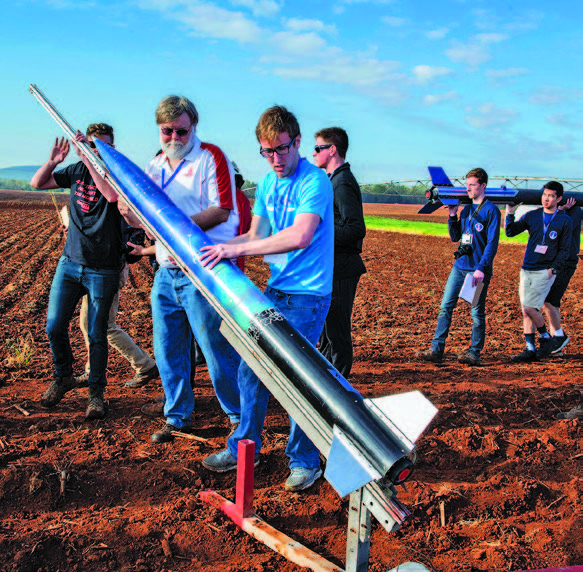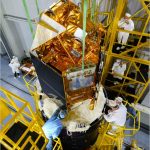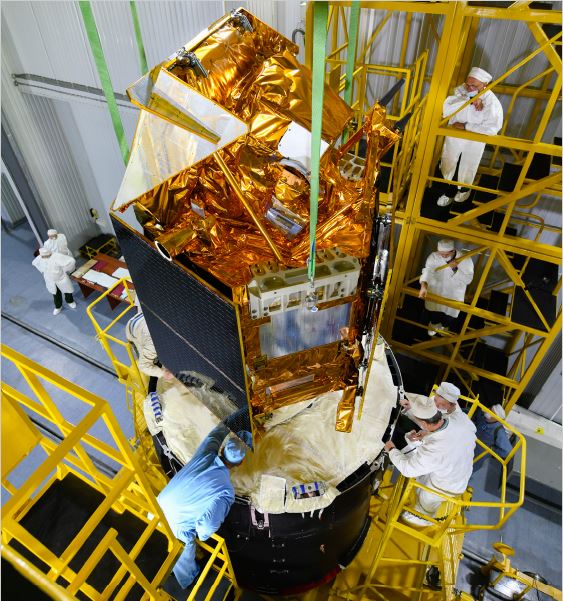Greece
2019 TSRQ3 – Education STEM Proficiency


The science, technology, engineering, and mathematics (STEM) workforce is at the core of the space industry—from the mathematicians and astronomers who analyze space to the engineers who design and build the launch vehicles that get us there. This workforce is enabled . . .
2016 – Workforce


The global space industry employs hundreds of thousands of individuals in well-paid cutting-edge technology jobs, and it relies on a pool of highly qualified workers to fill new jobs as they arise. Trends among this workforce, including . . .
2013 – Fixed Satellite Service (FSS) Space Activities
The number of FSS satellites has grown tremendously over the past five years in response to increased demand. Deregulation of international markets has sparked the rise of new companies providing content to customers via satellite. Harmonization of digital transmission standards has helped manufacturers, allowing for economies of scale and more cost-effective distribution.
2012 – Satellite Communications
The 2012 revenue for the satellite communications sector is estimated at $## billion, #% higher than the 2011 figure of $## billion. The market is composed of satellite operators, which lease out the transmission capacity of their satellites to private and government clients in need of transmission capability. Traditionally, these satellites were used to transmit voice and television signals where it was economically or technically disadvantageous to string telephone wire. Examples include transoceanic transmissions, places like Siberia where…
2010 – Military Reconnaissance – Snapshot
In June 2010, Israel launched the OFEQ-9 reconnaissance satellite which joined ## others already in operation. China’s utilization of space for military purposes is even harder to gauge due to the country’s lack of transparency in its space programs. In 2010, the country launched ## Yaogan satellites with the stated purpose of engaging in scientific experiments, land survey, crop yield assessment, and disaster monitoring. Many space analysts believe that the true mission of these satellites is for reconnaissance or other military purposes.
Telemedicine Aiding in Disaster Areas
The European Space Agency, in coordination with the Institut de Medecine et de Physiologie Spatiales, is developing a telemedicine solution to improve post-crisis management in areas struck by natural disasters or epidemics.
Using Satellite Terminals in Hotels
Hotels in remote tourist locations use very small aperture terminals (VSATs) to keep track of bookings and current capacity. In 1999, Best Western had 560 sites connected by a VSAT network, while, more recently, Six Continents Hotels, Inc., contracted Gilat to provide a satellite network to more than 2,500 locations in the United States and Canada.